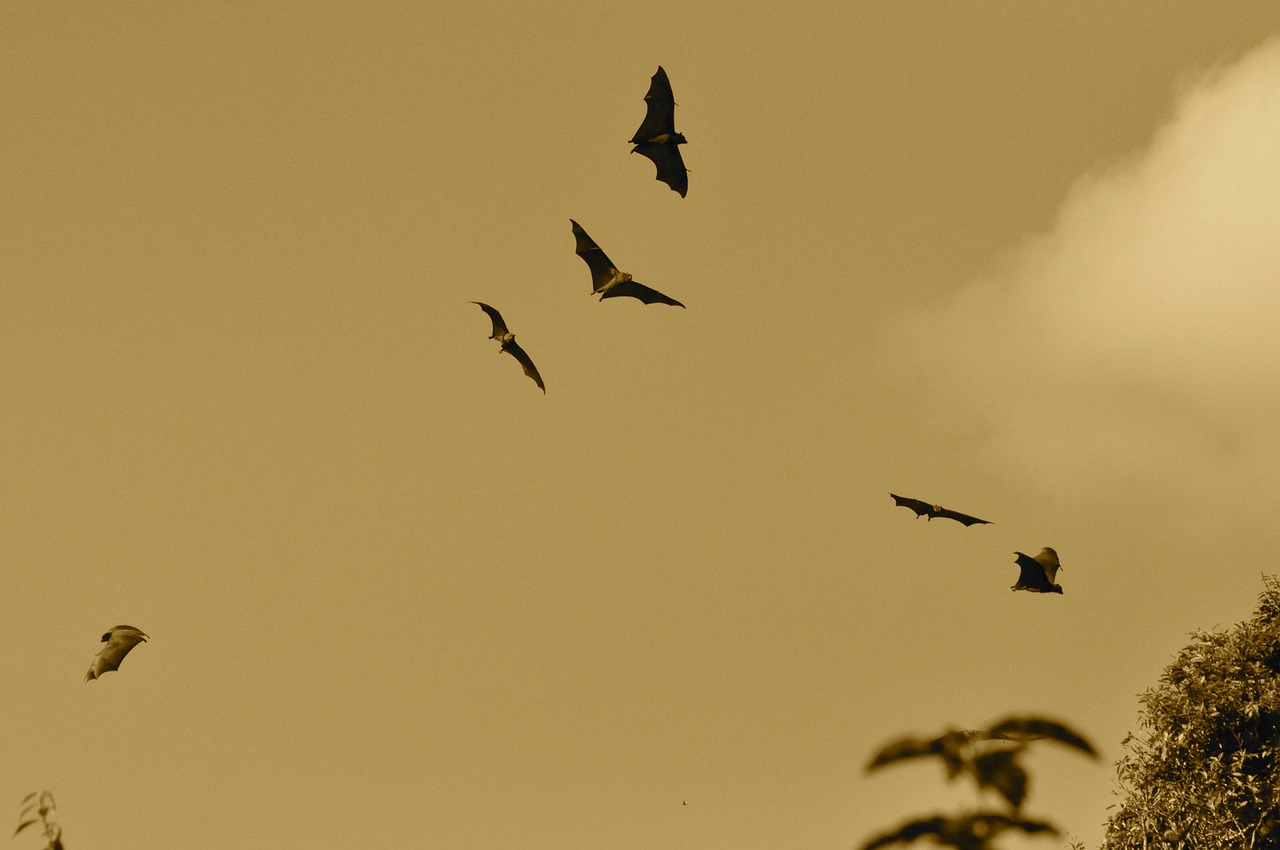Media release
From:
Attachments
Note: Not all attachments are visible to the general public. Research URLs will go live after the embargo ends.

Research
PLOS, Web page
Please link to the article in online versions of your report (the URL will go live after the embargo ends).
Journal/
conference: PLOS ONE
conference: PLOS ONE
Research:Paper
Organisation/s:
The University of Melbourne
Funder:
Funding for this study was provided by The Baker Foundation (RvdR), Earthwatch Institute (RvdR), Holsworth Wildlife Research Endowment (MB), and the Albert Shimmins Fund (MB). KS is supported by the Clean Air and Urban Landscapes Hub and Threatened Species Recovery Hub of the Australian Government’s National Environmental Science Program. The funders had no role in study design, data collection and analysis, decision to publish, or preparation of the manuscript.



 Australia; VIC
Australia; VIC


